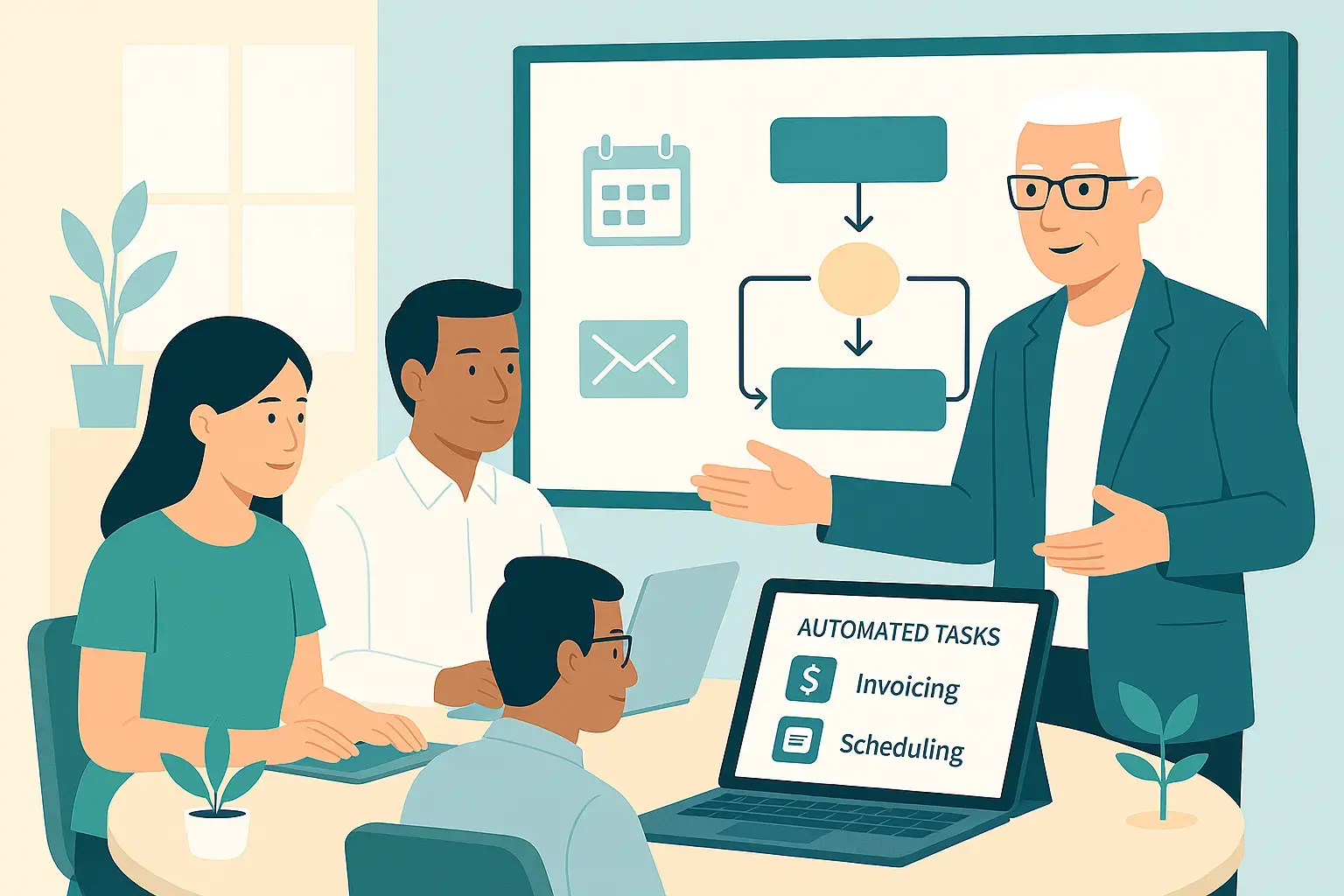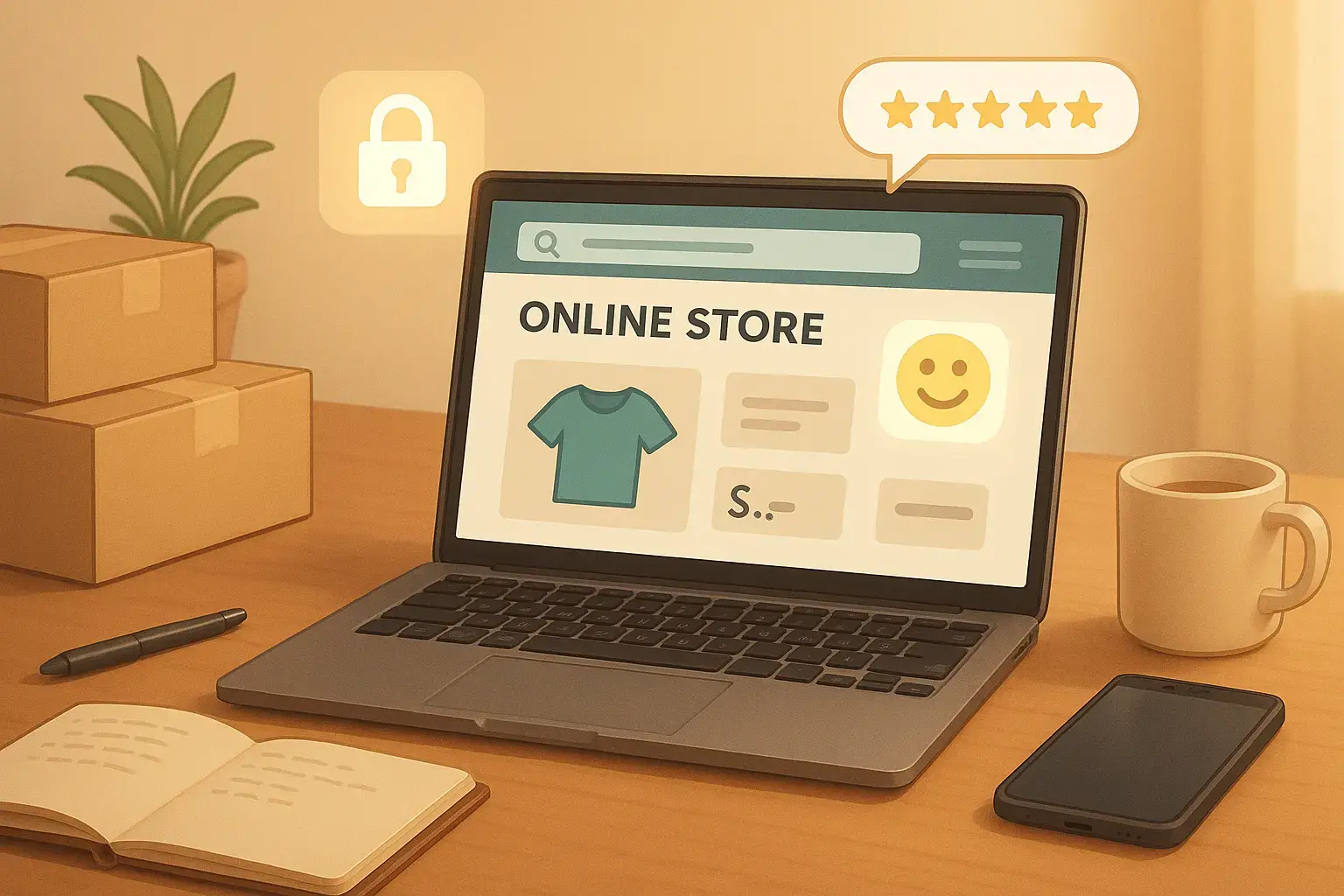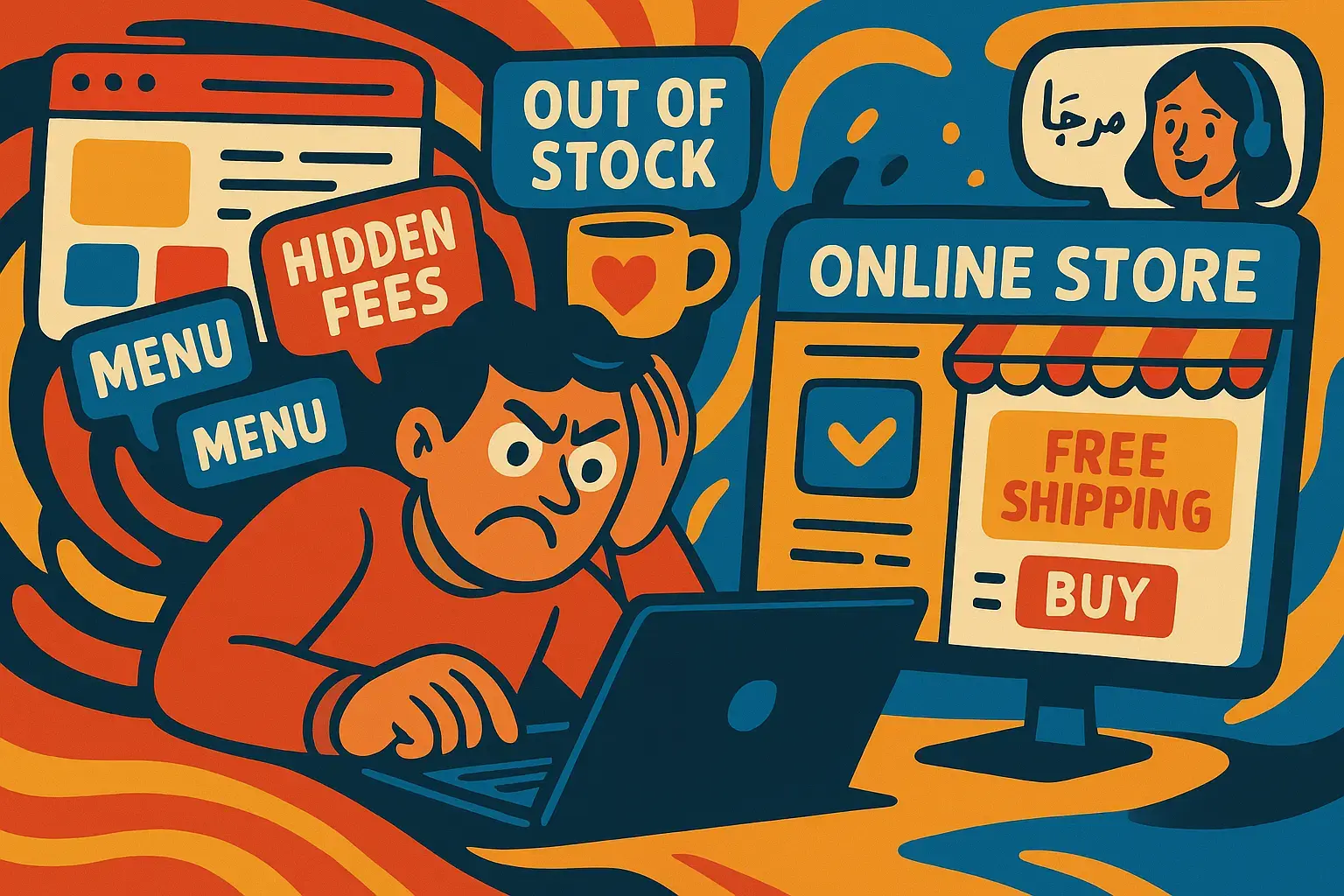Understanding Customer Journey in Online Stores
Let’s be honest — shopping online isn’t always a straight shot. You don’t just wake up, find a product, and buy it in 30 seconds. Most of the time, it’s a whole process. You scroll through Instagram, stumble across an ad, visit a site, close the tab, go back a few days later, add something to your cart, and then forget about it. Sound familiar?
That whole back-and-forth? That’s the customer journey. And if you run an online store, understanding how people move from “just browsing” to “take my money” is crucial if you want to make sales — and keep making them.
What Even Is the Customer Journey?
Think of it like this: the customer journey is the path someone takes from the moment they first come across your brand to the moment they (hopefully) buy something — and even what happens after that.
It’s kind of like dating. First impressions matter, but what happens between “hello” and “let’s get married” (or in this case, “complete order”) is where the magic — or the drop-off — happens.
Generally, this journey includes:
-
Awareness: They discover your brand exists.
-
Consideration: They look around and start to think, “Hmm, maybe I could use this.”
-
Decision: They compare, think it over, and move toward buying.
-
Purchase: They check out. You win!
-
Post-purchase: Did they like it? Will they come back? Will they tell a friend?
Each of these steps is a chance to either win someone over or lose them entirely.
Why It Matters (More Than You Think)
Here’s the thing: most people don’t buy on their first visit. In fact, most people won’t buy until they’ve interacted with your brand several times. So if you only focus on your checkout page or only push for sales, you’re missing the bigger picture.
People bounce for all sorts of reasons. Maybe your site took too long to load. Maybe the product description was unclear. Maybe shipping costs were too high. If you can understand where and why someone drops off, you can fix it — and stop losing customers you almost had.
Breaking It Down — Step by Step
1. Awareness: "Who Are You Again?"
This is when people first find out you exist — through a Google search, a social media post, a friend’s recommendation, or even a random ad.
Your goal at this stage? Make a solid first impression.
You’ve got maybe five seconds to grab someone’s attention. That means your site needs to load quickly, look good on mobile, and tell people exactly what you offer — fast.
Clear branding, a clean homepage, and a quick value statement can go a long way.
2. Consideration: "Should I Even Bother?"
Once someone sticks around, they’re not sold yet. They’re reading your product descriptions, checking your About page, scrolling reviews, maybe even following you on Instagram to get a better sense of what you’re about.
At this stage, transparency and trust matter most. Show them why your product is worth their time and money. Use customer reviews, offer detailed info, and help them imagine how your product fits into their life.
Bonus points if your site feels personal and human — not like a faceless store.
3. Decision: "I think I want this..."
This is where people compare your product to others, check shipping costs, and decide whether they really want to buy. One small hiccup — like a surprise fee or clunky checkout process — and poof, they’re gone.
You don’t need to throw a flash sale at them, but you do need to make things as smooth as possible. Be upfront about costs, offer multiple payment options, and keep your checkout process simple.
4. Purchase: "Alright, Let’s Do this."
They’re ready. Don’t overcomplicate it.
Too many stores lose customers during the checkout process — which is insane considering they were this close to buying. If your forms are too long, if you force account creation, or if your site bugs out on mobile —you’re setting yourself up to lose people.
Keep it fast, easy, and clean. And once the purchase is done? Say thank you! A nice confirmation message or follow-up email makes a big difference.
5. Post-Purchase: "Was That Worth It?"
The journey doesn’t end at checkout. If the product takes too long to arrive, shows up damaged, or if your support team is MIA, guess what? That person’s not coming back.
But if the post-purchase experience is great — fast shipping, solid packaging, and maybe even a personalized thank-you—you’re building a loyal customer.
You can even go a step further: send a follow-up email asking for feedback, offer a discount on their next order, or share tips on how to use the product they bought. These small touches turn a one-time buyer into a repeat customer.
Final Thought
Understanding your customer’s journey isn’t just some marketing buzzword — it’s the reality of how people shop today. If you only think about the sale, you’re missing everything that happens before and after.
Instead, try walking through your own website like a first-time visitor. What works? What’s confusing? Where would you drop off?
Once you see your store through your customers’ eyes, you can start creating a smoother, friendlier, and more profitable path for them — from first click to repeat order.
Because at the end of the day, people don’t just buy products. They buy experiences. Make yours a good one.







